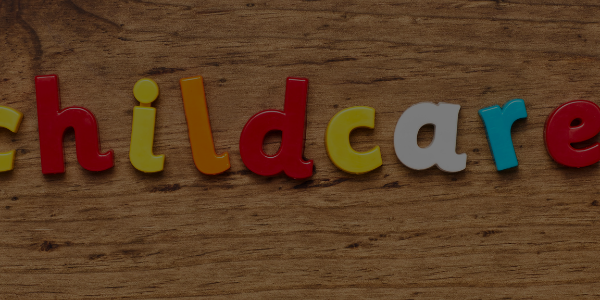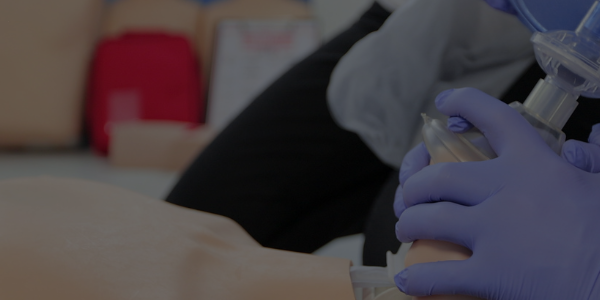First aid is a crucial skill to have in any situation. Whether it’s a minor injury or a life-threatening emergency, knowing the proper first aid steps can make all the difference. In this blog post, we’ll cover the 7 steps of first aid and provide you with essential information to help you respond effectively in emergencies. Remember, acquiring the right skills and knowledge is crucial, so consider booking a first aid course with AB First Aid Training [1] to ensure you’re prepared for any situation.
Assess the Situation
Before providing first aid, it’s important to assess the situation to ensure your safety and the safety of others. Look for hazards that may pose a risk, such as traffic, fire, or unstable structures. Make sure the scene is safe before proceeding [2].
Call for Help
In an emergency, call for help as soon as possible. Dial 000 in Australia to reach emergency services. Provide your location, describe the situation, and follow the operator’s instructions [3].
Check the Casualty
Check the casualty’s responsiveness by gently tapping their shoulders and asking if they’re okay. If they’re unresponsive, check their airway, breathing, and circulation (ABCs). If necessary, commence CPR and follow the guidelines provided by the Australian Resuscitation Council [4].
Provide First Aid
Once you’ve assessed the casualty and called for help, provide first aid based on the casualty’s condition. This may include controlling bleeding, treating burns, or immobilizing fractures. Always follow the recommended first aid procedures [5].
Reassure the Casualty
Keep the casualty calm and reassured throughout the process. Talk to them in a soothing voice, explain what you’re doing, and provide updates on the arrival of emergency services [6].
Monitor the Casualty
Monitor the casualty’s condition while waiting for emergency services. Look for changes in their breathing, pulse, or level of consciousness. Be prepared to provide additional first aid or CPR if their condition worsens [7].
Handover to Emergency Services
When emergency services arrive, provide them with important information about the casualty, including any first aid you’ve administered. Follow their instructions and assist if necessary [8].
Mastering the 7 steps of first aid is essential for responding effectively in emergency situations. Remember, proper training is crucial for developing these lifesaving skills. Consider booking a first aid course with AB First Aid Training [1] to ensure you’re prepared to help others in need. To book a course, visit www.abfirstaid.com.au or call 03 8364 8984.
Please note that regular First Aid and CPR Training is the best way to make sure that you’re prepare in the case of an emergency. Book a course with us
Find this article useful? Read more of our blogs here!
Footnotes and Sources:
[1] AB First Aid Training. (n.d.). AB First Aid Training. Retrieved from https://www.abfirstaid.com.au
[2] Safe Work Australia. (n.d.). Emergency plans fact sheet. Retrieved from https://www.safeworkaustralia.gov.au/doc/emergency-plans-fact-sheet
[3] Triple Zero (000). (n.d.). How to call Triple Zero (000). Retrieved from https://www.triplezero.gov.au/how-call-triple-zero-000
[4] Australian Resuscitation Council. (2021). Guidelines. Retrieved from https://resus.org.au/guidelines/
[5] St John Ambulance Australia. (n.d.). First Aid Fact Sheets. Retrieved from https://www.stjohn.org.au/first-aid-facts
[6] Better Health Channel. (2021). First aid basics and DRSABCD. Retrieved from https://www.betterhealth.vic.gov.au/health/conditionsandtreatments/





